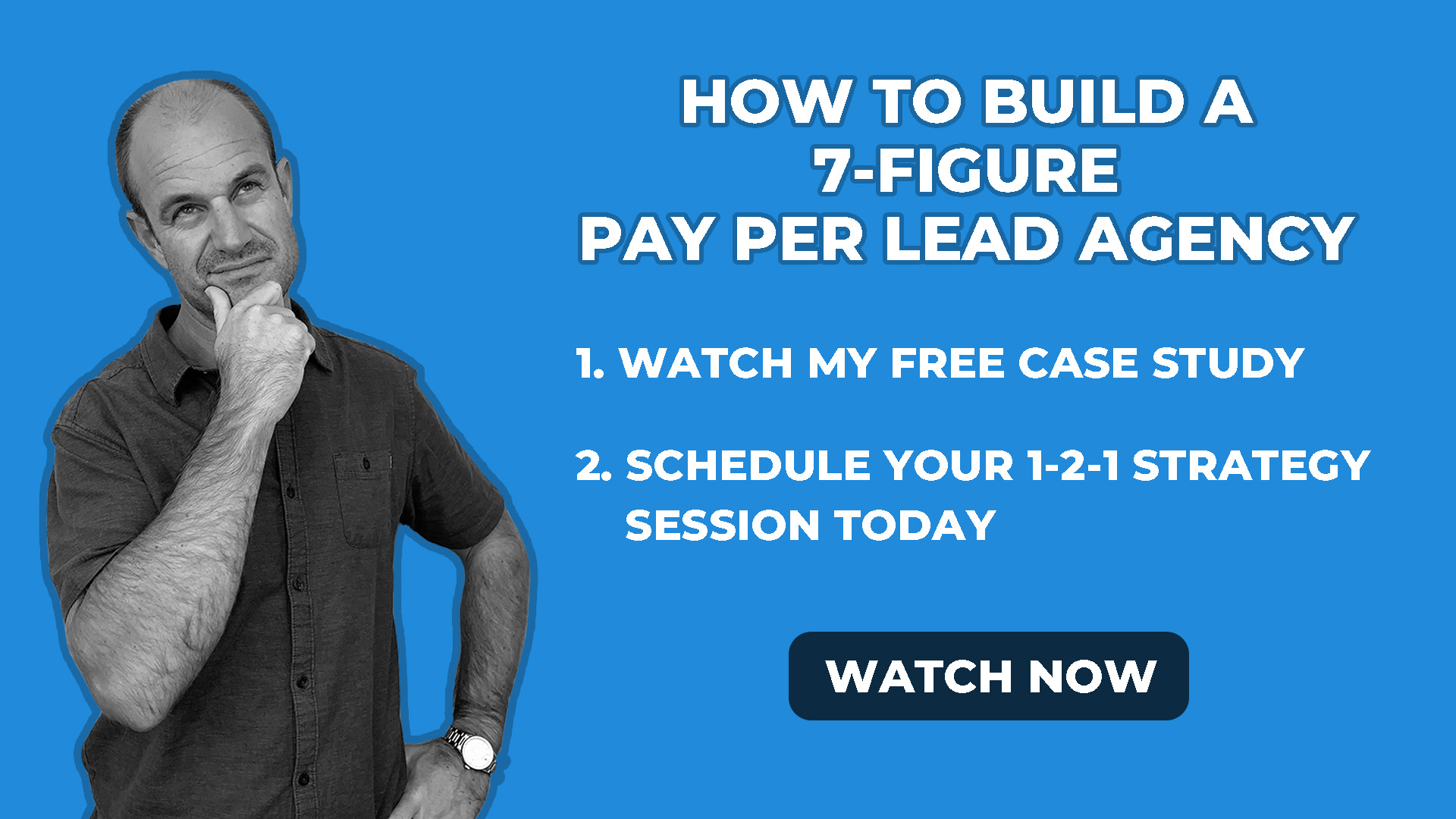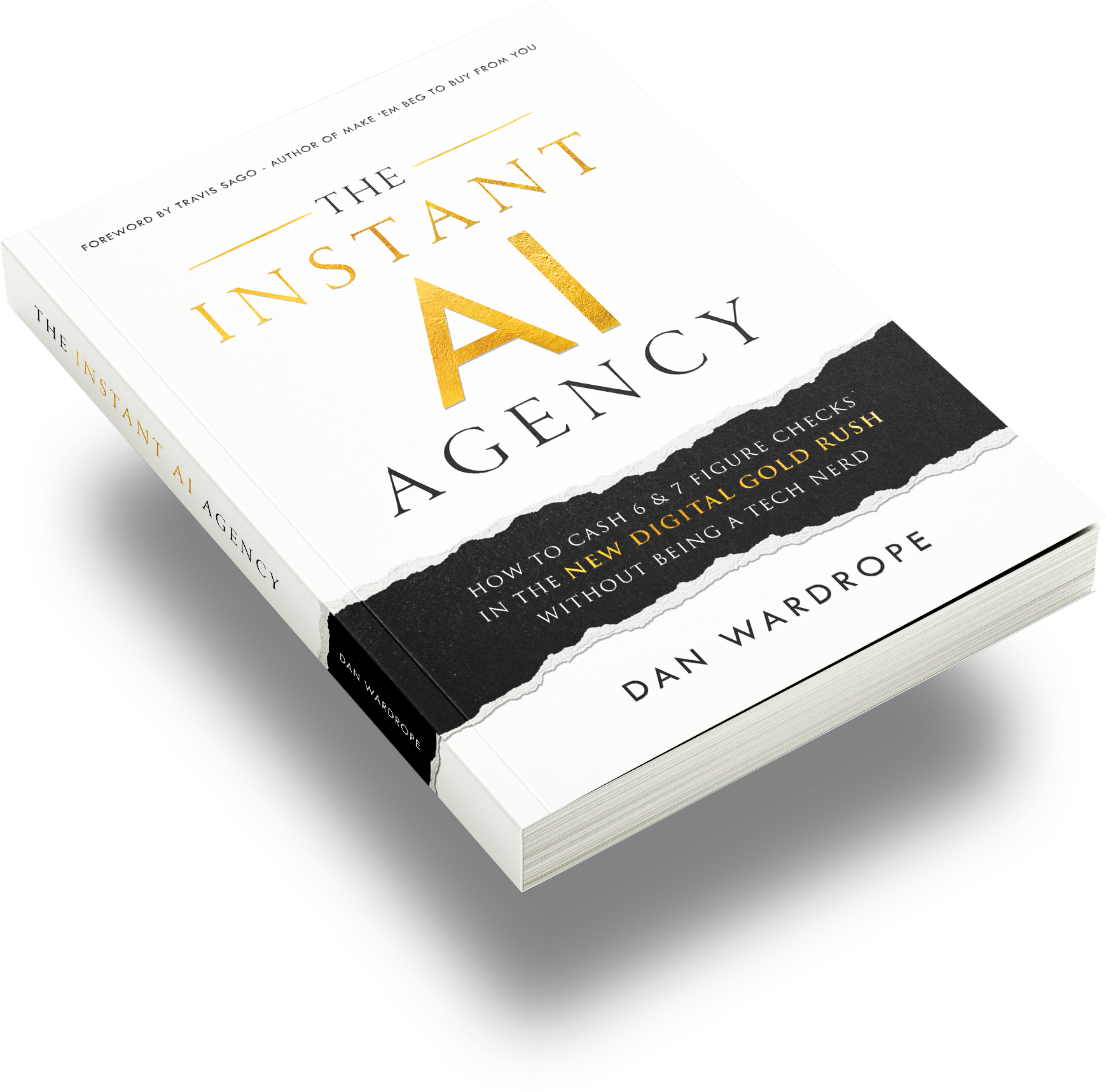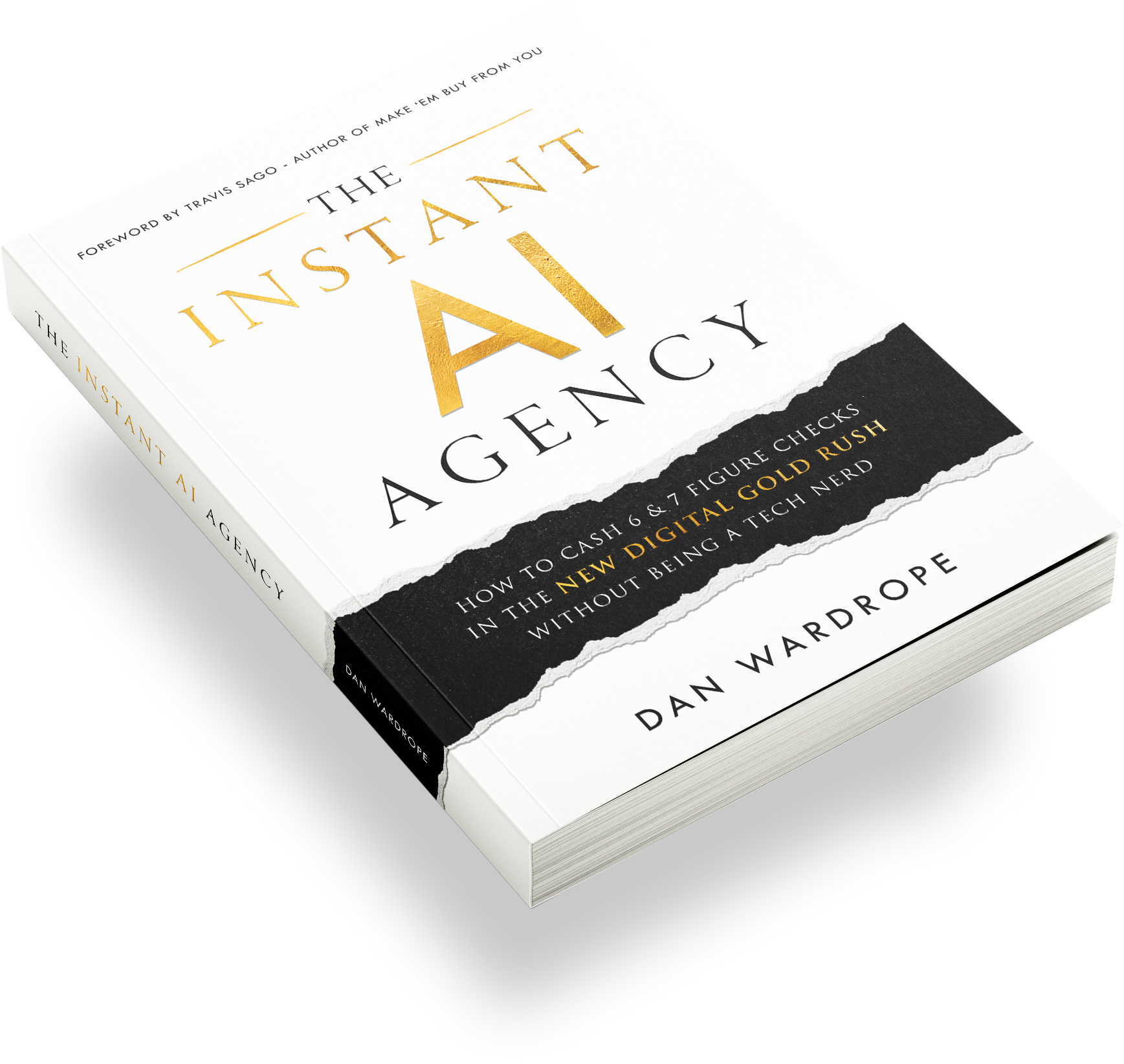Breaking Down Your Campaigns
First look at the Ad Networks that you are running in your Agency. You need to also look at the targeting, your ads, landing page, results page and thank you page.
first look at the ad network that you are running. For example lets say, Facebook.
Before you start thinking about running your ads on twitter, YouTube, GDN or Taboola you need to pick one ad network to focus on. Then you want to forget about your funnel and really hone in on this platform. You want to have single focus to be able to master the platform of your choosing.
If you choose to hone in on YouTube, then you really want to be spending the next 2-3 weeks solely focused on YouTube.
After you have chosen to commit to one platform, you can start looking at targeting for your niche.
Targeting
You can cut your cost per lead on YouTube by correctly defining your audience targeting.
AdWords has a tonne of audience targeting methods to use on YouTube. You’ve got:
Demographic groups: You can choose the age, gender and household income of your audience.
Detailed demographics: These are additional traits you can choose from, including whether or not your audience consists of students, homeowners, or new parents.
Interests: This gives you the power to advertise to people who’re interested in specific issues, even when they’re visiting pages about other topics.
Affinity audiences: YouTube gives you the option to target people who already have a keen interest in your ad’s key topic.
Custom affinity audiences: Ever made a custom audience on Facebook? This targeting method allows you to get much more granular with your targeting. For example, if you’re advertising car finance, you could reach business owners looking to lease a company car.
Life events: Want to target audiences that have just got married? Or people who’re heading towards retirement? Life events targeting will let you do that.
In-market audiences: Want to target people who are actively searching for products or services that are just like yours? You may want to look at your in-market audiences.
Custom intent audiences: This is where viewers begin to question “can advertisers read my mind?”. Custom intent audiences allow you to advertise to people who’ve recently searched for similar keywords on Google.com.
Topics: This method will allow you to target audiences interested in specific topics. For example, if you target “Writing and Editing Services”, your ad will show on YouTube to people looking up videos about copy writing.
Devices: You can target users based on their use of devices, such as smartphones, laptops, and Chrome cast.
How granular you want to get with your targeting depends on how much you’re willing to pay for that click. If you’re advertising to a vast audience, you may see your YouTube cost per lead spike before the Google algorithm sorts itself.
If you’re targeting a hyper-granulated audience, be aware that your cost per lead may spike over time, as Google searches for audiences that suit your targeting.
Advanced targeting and diving into methods is the kind of level you need to become an expert in getting great quality leads for your client.
Master The Creative
Now you’ve bothered to find out who you’re targeting and what they want, you need to develop that info into an AWESOME MARKETING HOOK.
Now, a hook is often a single phrase or sentence that describes an offer’s sexiest benefit.
It’s a curiosity-driven idea that should run throughout your entire marketing campaign.
An attention-grabbing hook is hard to write so you may find yourself writing 5, 10 or 20 before you’re happy with one.
When I’m trying to come up with a sales hook, I keep these three things in mind:
- Inevitability
- Intrigue
- Promise/Solution
Sound like a lot to fit into a sentence or so? Here’s a good example:
In February 2018, DashThis, an agency reporting software company, asked Facebook: “What’s the difference between DashThis and a regular old spreadsheet?”
Although DashThis’ service isn’t one you’d call “exciting”, they managed to take something mega boring (a spreadsheet) and suggested that their product somehow kicks a spreadsheet’s ass.
In the space of a question, DashThis tapped into three selling points:
- Inevitability: Spreadsheets are a part of life
- Intrigue: Our automated spreadsheets are different – find out why!
- Promise/Solution: By being different, our product is better. This could be the solution to your “boring spreadsheet” problem.
There’s so much subtext you can stuff into one sentence. It doesn’t need to be in the form of a question.
Last year, PPC Manager, Graham Connolly, wrote the following hook for a debt service: “How mums are writing 75% off their debt”.
After clearly defining his audience (mums), he tapped into the same three selling points:
- Inevitability: People get into debt and have to pay it back
- Intrigue: How did these mums get so much debt written off?
- Promise/Solution: Read the article, and you can do the same
In just a few words, you’ve caught the reader’s attention enough to make that click into your sales funnel.
Landing Page
When it comes to a high converting landing page, layout optimisation is everything.
“Above the fold” is an old journalistic term for the layout of a newspaper. All the breaking news would be at the top of the front page – “above the fold” of the less critical news underneath.
The phrase “above the fold” has stuck now we’ve transferred over to web design. Today, the term refers to the bottom of a browser window, 600 pixels from the top of the page (Optimizely).
So, the first thing a user will see when they reach your landing page is whatever’s “above the fold”. This should be the content that’s the most important to achieving your goals. If you’re generating leads, this should be the form or quiz that gathers the prospect’s details.
As soon as the user has to scroll to find what they need, you’ve already lost some conversions. Don’t overload the page with information – the user should be ready to go based on your ad.
No links, no “alternative offers”. If you’ve got anything that’s a potential distraction or takes the prospect off-page, you can say goodbye to a portion of your conversion percentage.
You could have the best looking landing page in the world, but if all those fancy graphics means it takes more than a second to load, you’ve lost leads.
That’s right: even a 2-second loading time can mean a 7% loss in conversions, with 40% of users clicking off the page if the load time is more than 3 seconds.
This applies to both mobile and desktop. In December 2017, Google started ranking pages depending on their mobile load times. They found that, on average, a desktop site took 7 seconds, while a mobile landing page took 22 seconds.
Google also calculated that a landing page taking more than 10 seconds to load had a 123% increased bounce rate.
There are loads of ways to decrease your load speed, including:
- Image optimisation
- Browser Caching
- File Compression
- CSS Optimisation
- Minimising HTTP requests
If your landing page is taking longer to load than it should, you need to delve into its inner workings. It may be a fiddly task, but it’ll be worth it.
Read more about how to build a high converting Landing Page Here
Results Page
This is an important element that a lot of people forget or do not put the effort into when building out their funnel.
It is important that your results page has a strong and relevant transition between the landing page and thank you page. This is an area where you do not want to see people drop off this far into your funnel.
It might be good to have less field or hoops for the prospect to jump through at this stage.
If you client is still complaining about contact rate then you could try asking the prospect for two numbers instead of one at this stage.
Another trick could be adding a checkbox on this page that lets the person know that they are going to be contacted within a certain period of time.
Little hacks like this and really thinking about what goes on this page can help cut your cost per lead down.
Thank You Page
Implementing a thank you page is a prime opportunity to provide your lead with any last-minute information or put any lingering fears at rest. If you’re selling a service, like debt advice, this is your chance to keep the benefits at the forefront of the prospect’s mind. Likewise, if the customer has already made a transaction, a thank you page provides an excuse to upsell or cross-sell.
It’s shocking how many people forget the basics.
If you, as a prospect, have agreed to something, you’ll want to know when or where something will happen. For example, if you decided to download a whitepaper in exchange for your email address, you’d expect to get the paper almost immediately, right?
Now imagine that you checked your inbox and the paper wasn’t there. So, you hit refresh, and it still hasn’t been emailed to you. Chances are you’re not very happy at this point, and you’ve written your commitment off as a mistake.
A proper thank you page would provide lots more info. It would have specified:
- WHEN to expect the email (over the next minute, within an hour, the next day, etc.)
- WHERE to expect it (e.g. it may have been sent to your spam folder, so please check)
- WHAT to do if you DON’T receive it (e.g. provide a customer helpline or an email address)
The same goes for any other form of promised communication. If you have guaranteed your prospect a phone call, tell them every detail they need to know.
- WHEN to expect the phone call (today, tomorrow, within 15 minutes, etc.)
- WHAT number you will be calling from
- WHO the customer can expect to speak to
- WHAT you’ll be covering over the call and WHAT resources your customer will need (aka payslips, bank details, solicitor letters, etc.)
The more details you provide, the safer the prospect will feel making the commitment. If you’re true to your word, the prospect will know you’re reliable and make the transition into a paying customer.
You can read more about how to make an epic thank you page Here
Conclusion
Honing in on one platform and then dissecting each element of your funnel can be huge when it comes to the Pay Per Lead model.
Having a clear direction to explain to your staff will make a world of difference and will help them be able to lower the cost per lead instead of shooting blankly in the dark.
Free Training
Flexx Digital is a PPC agency that uses the Pay Per Lead model – no retainer contracts.
If you want to find out more about this Pay Per Lead model, and how we run the business, check out my free case study.
Inside you’ll find how I:
- Severed ties with retainer contracts once and for all
- Moved away from local businesses
- Started working with national B2C companies
- Land high-ticket clients
- Found the verticals we work in
- Consistently generate leads of the highest quality
Click below to watch it now:








